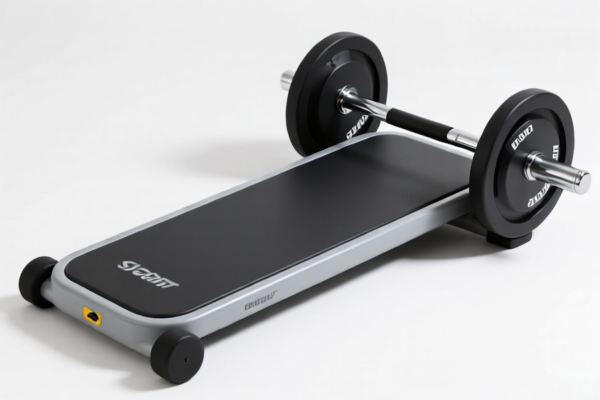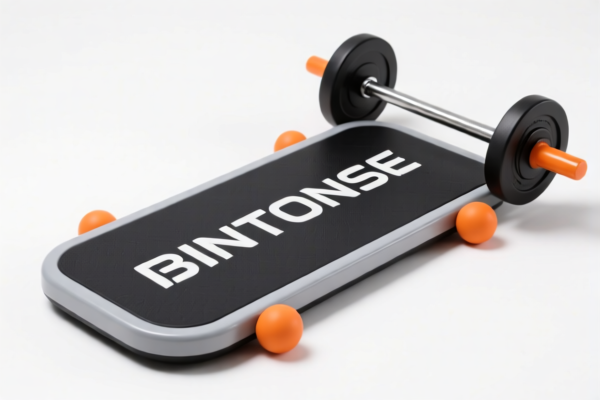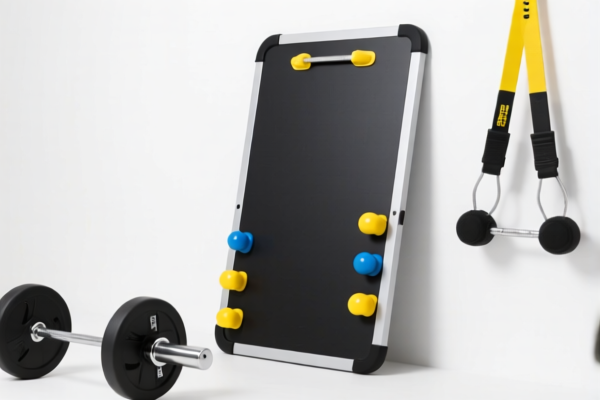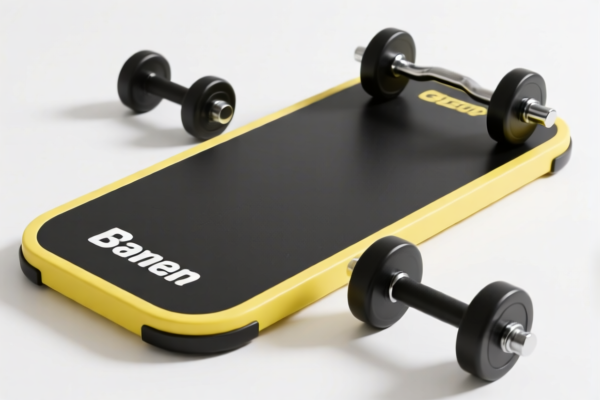| HS Code | Official Doc | Tariff Rate | Origin | Destination | Effective Date |
|---|---|---|---|---|---|
| 6307909891 | Doc | 37.0% | CN | US | 2025-05-12 |
| 4201006000 | Doc | 57.8% | CN | US | 2025-05-12 |
| 9506910030 | Doc | 67.1% | CN | US | 2025-05-12 |
| 6117809570 | Doc | 52.1% | CN | US | 2025-05-12 |




Customs Classification & Duty Analysis for "FITNESS BELT"
Based on the provided HS codes and descriptions, here's a detailed breakdown to help you understand the classification and potential duties for your "FITNESS BELT" import from China. Please note that the final classification is determined by customs officials based on the actual product and supporting documentation.
Understanding HS Codes:
The Harmonized System (HS) code is a six-digit code used internationally to classify traded products. Here's a breakdown of what each part generally represents:
- First 2 Digits (Chapter): Broadly defines the product category.
- Next 2 Digits (Subheading): Narrows down the product within the chapter.
- Next 2 Digits (Sub-Subheading): Further specifies the product.
- Remaining Digits: Provide even more detail for specific products.
1. HS Code: 6307.90.98.91 – Other made up articles, including dress patterns
- Chapter 63: Articles of apparel and clothing accessories, knitted or crocheted.
- 6307: Made up articles, including dress patterns.
- 6307.90: Other made up articles.
- 6307.90.98: Other.
- 6307.90.98.91: Other.
Duty Details:
- Basic Duty: 7.0%
- Additional Duty: 0.0%
- Duty after April 2, 2025: Additional Duty increases to 30%
- Total Duty: 37.0%
Considerations: This code is suitable if the fitness belt is primarily made of knitted or crocheted fabrics. The material composition is crucial.
2. HS Code: 4201.00.60.00 – Saddlery and harness for any animal
- Chapter 42: Articles of leather or of composition leather, travel goods, handbags and the like.
- 4201: Saddlery and harness for any animal.
- 4201.00: Saddlery and harness for any animal.
- 4201.00.60: Other.
- 4201.00.60.00: Other.
Duty Details:
- Basic Duty: 2.8%
- Additional Duty: 25.0%
- Duty after April 2, 2025: Additional Duty increases to 30%
- Total Duty: 57.8%
Considerations: This code is applicable if the fitness belt is made of leather or a composition leather material.
3. HS Code: 9506.91.00.30 – Articles and equipment for general physical exercise
- Chapter 95: Toys, games and sports equipment; gymnastic or athletic equipment.
- 9506: Articles and equipment for general physical exercise, gymnastics, athletics or outdoor games.
- 9506.91: Other.
- 9506.91.00: Articles and equipment for general physical exercise, gymnastics or athletics; parts and accessories thereof.
- 9506.91.00.30: Other.
Duty Details:
- Basic Duty: 4.6%
- Additional Duty: 7.5%
- Duty after April 2, 2025: Additional Duty increases to 30%
- Special Note: Steel or aluminum products have an additional duty of 25%.
- Total Duty: 67.1%
Considerations: This is a likely code if the fitness belt is designed for physical exercise and is not primarily clothing. Important: If the belt contains steel or aluminum components, the 25% additional duty will apply.
4. HS Code: 6117.80.95.70 – Other made up clothing accessories
- Chapter 61: Articles of apparel and clothing accessories, knitted or crocheted.
- 6117: Other made up clothing accessories, knitted or crocheted.
- 6117.80: Other accessories.
- 6117.80.95: Other.
- 6117.80.95.70: Other.
Duty Details:
- Basic Duty: 14.6%
- Additional Duty: 7.5%
- Duty after April 2, 2025: Additional Duty increases to 30%
- Total Duty: 52.1%
Considerations: This code is suitable if the fitness belt is considered a clothing accessory and is made of knitted or crocheted materials.
Recommendations & Next Steps:
- Material Composition: The primary material of the fitness belt is the most important factor in determining the correct HS code. Provide a detailed material breakdown to your customs broker.
- Functionality: Is the belt primarily for exercise support, or is it more of a fashion accessory?
- Component Materials: If the belt contains metal parts (buckles, rings, etc.), specify the type of metal (steel, aluminum, etc.).
- Detailed Invoice: Ensure your commercial invoice clearly describes the product, its materials, and its intended use.
- Certifications: Depending on the final classification, you may need to provide certifications (e.g., material safety certificates).
- Consult a Broker: It is highly recommended to consult with a licensed customs broker in your country. They can provide expert guidance and ensure accurate classification and compliance.
- Check the April 2, 2025 changes: Be aware of the duty changes coming into effect on April 2, 2025, and factor those into your cost calculations.
Disclaimer: This information is for general guidance only and does not constitute professional customs advice. Customs regulations are complex and subject to change. Always consult with a qualified customs broker for specific advice related to your import.
Customer Reviews
The site has a good list of HS codes for fitness belts, and the images were helpful. I was a bit confused about the difference between the codes, but the detailed breakdowns helped clarify things.
I found the explanation of the 6117809570 code very clear. It helped me understand that if the fitness belt is made of knitted fabric, this might be the correct code. The duty rate of 52.1% was also easy to find.
The breakdown of each HS code was really useful, especially the 4201006000 code for leather fitness belts. I wish there were more examples of how to choose the right code based on materials, but overall, it's solid.
This site gave me clear details on the HS code 9506910030 for fitness belts. It even explained the 67.1% tariff rate and the extra duty for steel or aluminum parts. Very helpful!